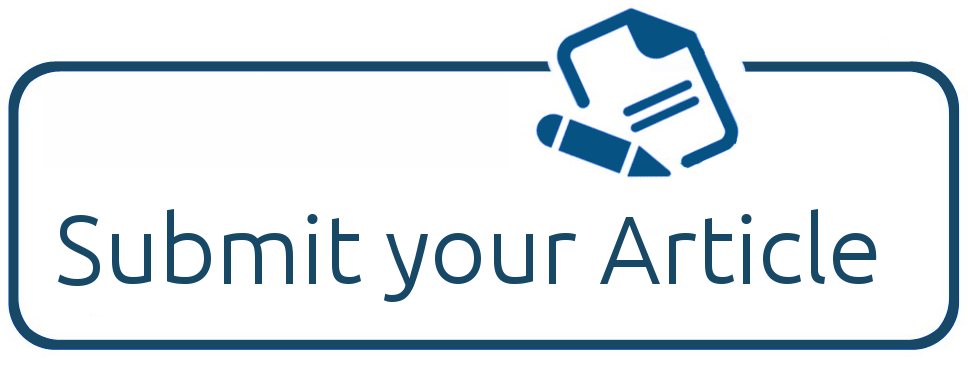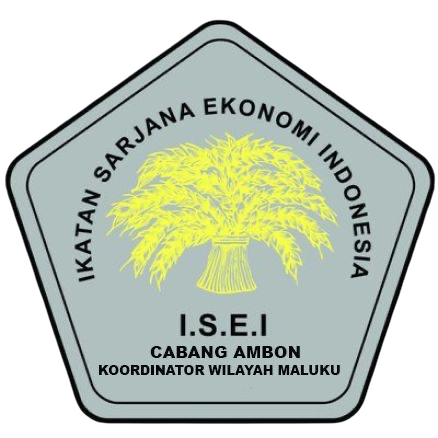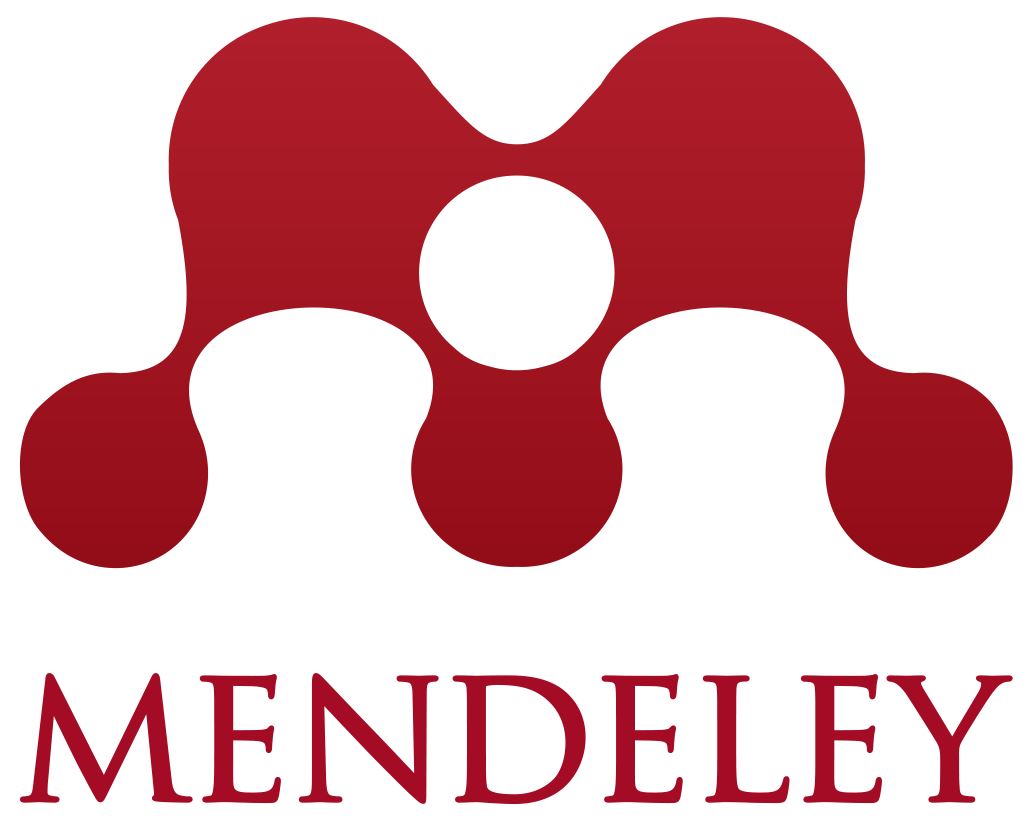Analisis Suku Bunga Pasar Uang Antar Bank pada Variabel Makroekonomi di Indonesia
Analysis of Interbank Money Market Rate on Macroeconomic Variables in Indonesia
Abstract
This study examines the impact of the Interbank Money Market Rate (PUAB) on macroeconomic variables in Indonesia, specifically the exchange rate, real output, and inflation, from 2005 to 2022. Using the Vector Error Correction Model (VECM) method, this research finds that the PUAB rate significantly impacts all three variables. The estimation results indicate that the PUAB rate has a significantly positive effect on the exchange rate in both the short and long term, where an increase in the PUAB rate leads to currency depreciation. Additionally, the PUAB rate negatively impacts real output and inflation, which is consistent with the monetary policy objective of maintaining price stability. These findings confirm the PUAB rate's effectiveness as a monetary policy instrument in achieving final targets, although the time required to reach the desired outcomes may vary.
Downloads
References
Ahiakpor, F., Cantah, W., Brafu-Insaidoo, W., & Bondzie, E. (2019). Trade Openness and Monetary Policy in Ghana. International Economic Journal, 33(2), 332–349. https://doi.org/10.1080/10168737.2019.1610027
Al Arif, M. M., & Tohari, A. (2006). Peranan Kebijakan Moneter Dalam Menjaga Stabilitas Perekonomian Indonesia Sebagai Respon Terhadap Fluktuasi Perekonomian Dunia. Bulletin of Monetary Economics and Banking, 9(2), 1–34. https://doi.org/10.21098/bemp.v9i2.203
Arintoko, A. (2022). Monetary Policy Shock On Inflation, Output, And Exchange Rate. TRIKONOMIKA, 21(1), 8–15. https://doi.org/10.23969/trikonomika.v21i1.3990
Arwatchanakarn, P. (2019). Monetary Policy Shocks and Macroeconomic Variables: Evidence from Thailand. Structural Changes and Their Econometric Modeling 12, 203–219. https://doi.org/10.1007/978-3-030-04263-9_16
Bjørnland, H. C. (2008). Monetary policy and exchange rate interactions in a small open economy. Scandinavian Journal of Economics, 110(1), 197–221. https://doi.org/10.1111/j.1467-9442.2008.00532.x
El Khawaga, A., Esam, M., & Hammam, R. (2013). Exchange rates and interest rates: An empirical investigation of international fisher effect theory-The case of Egypt (2003-2012). International Research Journal of Finance and Economics, 117(2013), 139–160.
Kim, J., Kim, S., & Park, D. (2020). Monetary policy shocks and exchange rates in Asian countries. Japan and the World Economy, 56, 101041. https://doi.org/https://doi.org/10.1016/j.japwor.2020.101041
Kim, S., & Lim, K. (2018). Effects of monetary policy shocks on exchange rate in small open Economies. Journal of Macroeconomics, 56, 324–339. https://doi.org/https://doi.org/10.1016/j.jmacro.2018.04.008
Liew, V. K.-S. (2004). Which lag length selection criteria should we employ? Economics Bulletin, 3(33), 1–9. http://www.economicsbulletin.com/2004/volume3/EB−04C20021A.pdf
Liew, V. K.-S. (2021). Performances of Various Order Selection Criteria for Autoregressive Process. International Journal of Academic Reserach in Economics and Management Sciences, 10(3). http://dx.doi.org/10.6007/IJAREMS/v10-i3/10448
Ma, Y., Chen, Z., Mahmood, M. T., & Shahab, S. (2022). The monetary policy during shocks: an analysis of large Asian economies’ response to COVID-19. Economic Research-Ekonomska Istraživanja, 35(1), 1862–1883. https://doi.org/10.1080/1331677X.2021.1926304
Manurung, E. T., & Hascaryani, T. D. (2024). Analisis Efektivitas Transmisi Kebijakan Moneter Jalur Tingkat Suku Bunga Dan Kredit Di Indonesia Pada Periode 2009-2022. Neraca: Jurnal Ekonomi, Manajemen Dan Akuntansi, 2(5), 336–357. https://doi.org/10.572349/neraca.v2i5.1509
Natsir, M. (2011). Analisis Empiris Efektivitas Mekanisme Transmisi Kebijakan Moneter Di Indonesia Melalui Jalur Suku Bunga (Interest Rate Channel) Periode 1990: 2-2007: 1. Majalah Ekonomi Universitas Airlangga, 21(2), 4102. https://doi.org/10.24034/j25485024.y2009.v13.i3.385
Putri, P. I. (2022). The Impact Of Monetary Policy Shocks In Indonesia. Jurnal Ilmiah Manajemen, Ekonomi, & Akuntansi (MEA), 6(3), 983–994. https://doi.org/10.31955/mea.v6i3.2507
Rajappa, T., & Rather, S. R. (2022). Monetary shocks, output and inflation – evidence from asymmetric causality test. Applied Economics Letters, 29(12), 1121–1124. https://doi.org/10.1080/13504851.2021.1910130
Retnasih, N., Agustin, G., & Wulandari, D. (2016). Analisis Guncangan Eksternal Terhadap Indikator Moneter dan Makro Ekonomi Indonesia. Jurnal Ekonomi Dan Ekonomi Studi Pembangunan, 8, 101–113. https://doi.org/10.17977/um002v8i22016p101
Scholl, A., & Uhlig, H. (2008). New evidence on the puzzles: Results from agnostic identification on monetary policy and exchange rates. Journal of International Economics, 76(1), 1–13. https://doi.org/10.1016/j.jinteco.2008.02.005
Simorangkir, I. (2014). Pengantar Kebanksentralan: Teori dan Praktik di Indonesia. Rajawali Pres.
Suhendra, I., & Anwar, C. J. (2022). The response of asset prices to monetary policy shock in Indonesia: A structural VAR approach. Banks and Bank Systems, 17(1), 104–114. http://dx.doi.org/10.21511/bbs.17(1).2022.09
Tiwari, A. K., Cai, Y., & Chang, T. (2019). Monetary shocks to macroeconomic variables in China using time-vary VAR model. Applied Economics Letters, 26(20), 1664–1669. https://doi.org/10.1080/13504851.2019.1591589
Tjahyono, E. D., Santoso, P., Ari, H. D., & Affandi, Y. (2002). Pengembangan Jalur Transmisi Kebijakan Moneter Dalam Model Ekonomi Kuartalan (SOFIE). Direktorat Riset Ekonomi Dan Kebijakan Moneter Bank Indonesia, Jakarta.
Triwibowo, S., & Oktaviani, D. (2022). Asymmetric Impacts Of Monetary Policy Shock On Output Gap: Evidence From Regions In Indonesia. Buletin Ekonomi Moneter Dan Perbankan, 25(3), 371–398. https://doi.org/10.21098/bemp.v25i3.1648
Yusuf, M. (2016). Efektivitas Jalur-Jalur Transmisi Kebijakan Moneter Di Indonesia Dengan Sasaran Tunggal Inflasi. Indonesian Treasury Review: Jurnal Perbendaharaan, Keuangan Negara Dan Kebijakan Publik, 1(1), 1–10. https://doi.org/10.33105/itrev.v1i1.58
Copyright (c) 2025 Jurnal Cita Ekonomika

This work is licensed under a Creative Commons Attribution-NonCommercial 4.0 International License.










